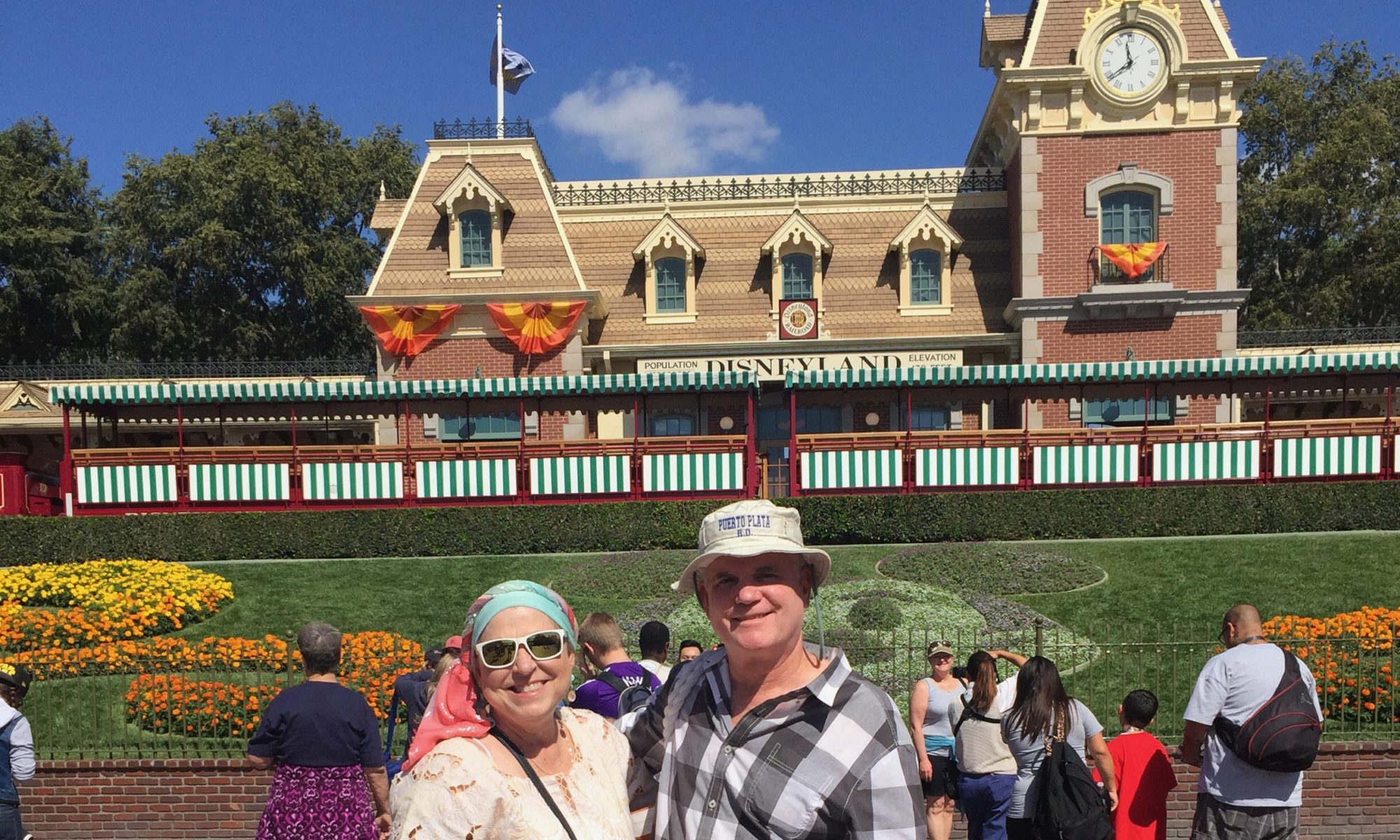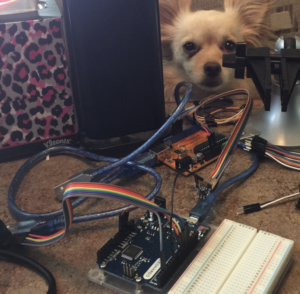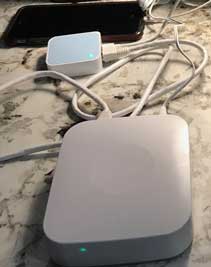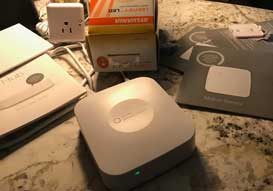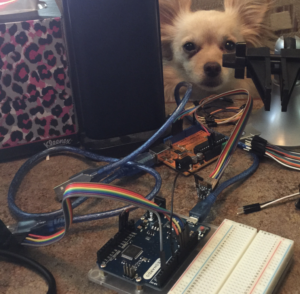Our church has been working with World Vision since 2011 to help the people of Matete, Kenya. As part of that effort, my wife and I have been sponsoring three children. That work has been going very well, and God has done some pretty amazing things in transforming the lives of the people of that area. My wife and I have been hoping to join one of the mission trips over there to actually meet the children one day.
Well, about six month ago it was announced that the next mission trip to Kenya later in the year would probably be the last. Things had progressed so well with the people there that it might be time to look at helping a different area. So my wife and I decided that we better figure out how to make this trip, or else we might never get a chance to do so.
So we signed up, paid our initial deposits for the trip, and shortly afterwards I was laid off from my job of seven years. At that point it seemed like the logical thing to do was to drop out of the trip. So we did so, hoping that I could find a job quickly enough to get back onboard with the trip. So I started some intense prayer, asking God for what to do, where I should be looking for work, and whether I should continue with the trip or not.
After two and a half weeks of more dead-end job leads and no job offers, I was sitting in church Sunday morning when I suddenly had this strong feeling that God wanted me to get back on the trip, and to trust Him to provide the means to do so. So I did. We were fortunate that there were still airline tickets available, and we were able to catch back up with the rest of the group.
Shortly after that, my wife read an article online that said that H-E-B was one of the best companies in America to work for. There was a link in that article to job posting, which she sent me. So I followed that link and applied. Well, it was all just a whirlwind after that. H-E-B was opening a new office in Austin, and was looking for folks like me. There was a quick series of interviews, and I was hired within less than two weeks.
God is good, all the time. I’ll be blogging about our experiences in Kenya in the next few posts.
